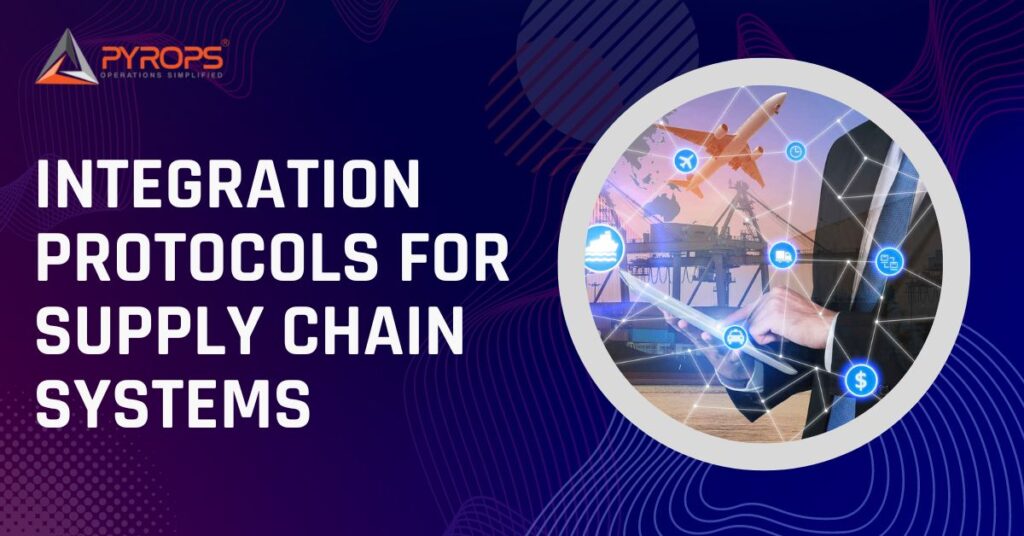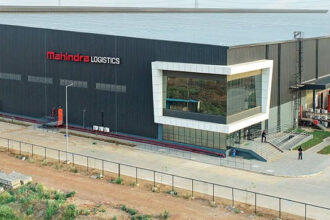Supply chain operations are inundated with information, straining logistics centers and warehousing businesses. To address this challenge and achieve cost savings and increased customer loyalty, companies are turning to Warehouse Management Systems (WMS) software. This thesis explores the resource-based approach to WMS implementation and usage, offering a research agenda for WMS and Logistics Information Systems (LIS). Effective warehouse organization relies on resource management, adhering to established protocols for item processing and storage. Businesses must integrate their organizational components for efficient management, especially with the pressure to enhance warehousing procedures in response to market dynamics. This involves modifying value propositions and continually seeking ways to improve warehouse operations, emphasizing advanced warehouse management systems and inventory practice.
Integrating disparate supply chain systems is a complex and challenging task, but it is necessary to achieve a centralized control tower, especially in the context of WMS integration and warehouse management. To overcome the challenges of integration, there are several technical methods and protocols that companies can use. In this article, we will explore some of these methods and protocols.
What is the warehouse management system in SCM?
Integral to logistics and supply chain operations, warehouse management system (WMS) software plays a crucial role in planning, organizing, and controlling various aspects of goods’ storage and movement within a warehouse. The primary objective is to facilitate the smooth flow of products from origin to consumption, aiming to minimize costs and maximize efficiency.
Methods for achieving a centralized control tower in supply chain integration
Application Programming Interfaces (APIs)
APIs are a set of protocols and tools that allow different software systems to communicate with each other. APIs enable companies to connect their supply chain systems using standardized protocols, making it easier to integrate systems that were previously incompatible.
Enterprise Service Bus (ESB)
An ESB is a software architecture that facilitates communication between different software systems. It acts as a middleware layer between the different systems, enabling data to be exchanged in real-time. ESBs use standardized protocols, making it easier to integrate systems that were previously incompatible.
Service-Oriented Architecture (SOA)
SOA is a software architecture that uses services as its fundamental building blocks. These services can be accessed and combined by different applications, enabling systems to be integrated in a modular and flexible way. SOA enables companies to create a centralized control tower by connecting different
ETL is a process of extracting data from different sources, transforming it into a common format, and loading it into a target system. ETL is commonly used to integrate data from different databases, but it can also be used to integrate data from different supply chain systems. ETL enables companies to achieve a centralized control tower by consolidating data from different systems into a single data warehouse.
Business Process Management (BPM)
BPM is a methodology for managing and optimizing business processes. BPM enables companies to create a centralized control tower by modeling, analyzing, and optimizing their supply chain processes. BPM also provides a framework for integrating different supply chain systems into a single, streamlined process.
Benefits of integrating warehouse management system in supply chain strategy
Enhancing Supply Chain Efficiency:
Recognizing the crucial role of warehouse management in supply chain integration is pivotal for overall supply chain efficiency. Warehouse operations are central to the movement and storage of goods, with effective management streamlining processes, reducing lead times, and enhancing responsiveness to customer demands.
Cost Optimization:
Insights into how warehouse management practices impact costs across the supply chain are vital. Identifying efficient strategies enables businesses to optimize costs related to inventory holding, order fulfillment, and transportation, leading to enhanced profitability.
Improving Customer Satisfaction:
Directly influencing order fulfillment processes, warehouse management significantly impacts customer satisfaction. A well-integrated warehouse ensures timely and accurate deliveries, minimizing errors and delays, thereby contributing to repeat business and positive brand reputation.
Informing Strategic Decision-Making:
As a strategic initiative, supply chain integration’s significance is communicated to decision-makers. This knowledge is essential for formulating effective supply chain strategies aligned with organizational goals and market dynamics.
Technology Adoption and Innovation:
Highlighting the role of technology in warehouse management and its impact on supply chain integration, the study provides valuable insights for businesses adopting innovative technologies like Warehouse Management Systems (WMS) and automation to improve efficiency and competitiveness.
In conclusion, integrating disparate supply chain systems is a complex task, but there are several technical methods and protocols that companies can use to achieve a centralized control tower. These methods include APIs, ESB, SOA, ETL, and BPM. Companies must evaluate their specific needs and requirements to determine the best method for their supply chain integration efforts. With the right approach, companies can achieve real-time visibility, analytics, and decision-making capabilities for their supply chain operations
Read More: Challenges of Integrating Disparate Supply Chain Systems






